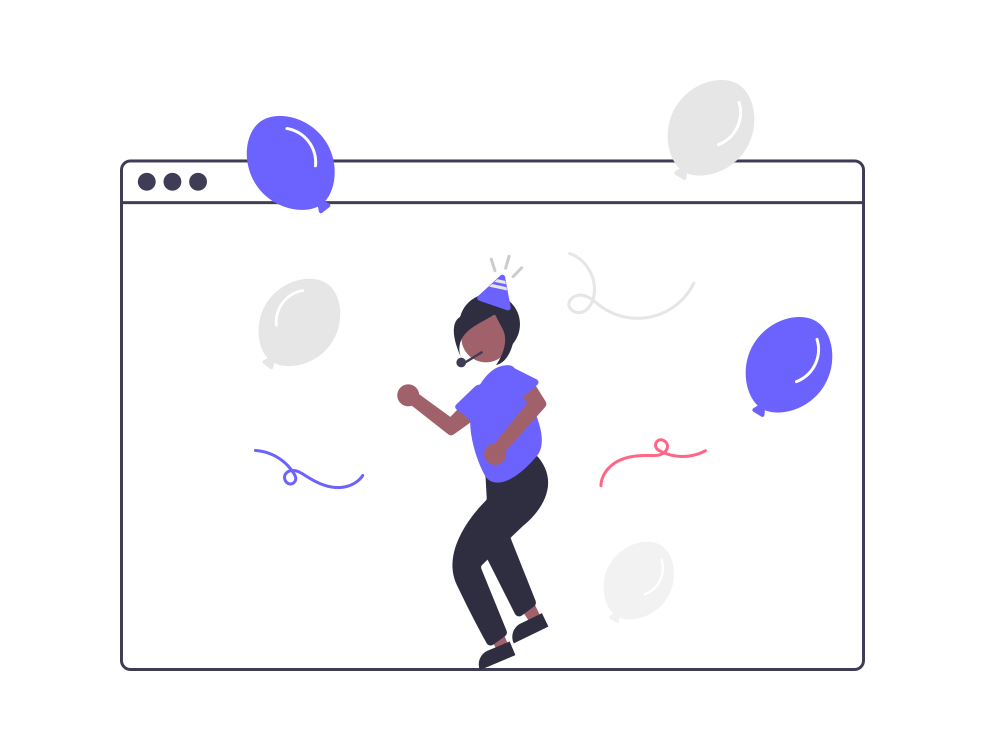Emotional Design and Why it Matters
Emotional design takes into account how users will feel when using a given good, service, or experience. It entails creating products with the user’s emotional state in mind with the goal of evoking happy emotions and meaningful experiences.
Emotional design is important because it has a significant impact on how consumers perceive and use a good or service. Positive emotional responses to a product or service can strengthen the emotional bond between the user and the brand, boosting customer satisfaction and brand loyalty. On the other hand, a product that fails to elicit any emotional response or elicits only negative feelings can result in a poor user experience and a poor opinion of the brand.

Emotional design can improve usability and functionality as well as evoke pleasant emotional experiences. For instance, a product with an intuitive and user-friendly design can give people a sense of control and confidence, which will enhance their overall experience.
Advantages of Emotional Design
By making the user experience more engaging and appealing, emotional design can enhance user experience. Designers can develop experiences that are more significant and memorable by taking into account the emotional reaction of customers to a product, service, or event. The following are some methods by which emotive design can enhance user experience:
Engaging Visuals
Visuals that are aesthetically pleasing can make consumers feel good and have a better experience. A visually appealing design can create a more positive emotional response, strengthening the user’s sense of attachment for the good or service.
Intuitive and User-friendly Design
A user’s overall experience can be improved by a design that is simple to use and understand since it can give consumers a sense of power and control.
Positive Emotions
Positive emotions can be connected more positively with a product or service, which can boost brand loyalty.
Consistency
A consistent emotional experience helps strengthen the brand identity and produce a more coherent brand experience across all touchpoints.
User Centered Design vs Emotional Designs
User Centered Design

User-centered design is an approach to design that places the wants and objectives of the user first throughout the entire process. In order to make informed design decisions, it entails obtaining information and user feedback. It places a strong emphasis on producing things that are useful, usable, and accessible. UCD centers the user at the heart of the design process with the goal of optimizing the user’s experience with a product or service.
Emotional Design

Emotional design is a method of product development that focuses on evoking pleasant emotional reactions in people. It takes into account the user’s relationship to the brand or product as well as other emotional factors like the sensory experience, aesthetic appeal, and emotional response. A more meaningful, pleasurable, and lasting experience for the user is what emotional design attempts to achieve.
Don Norman’s Three Levels of Emotional Design

Visceral Design
The initial reaction to a design’s aesthetics, sensory aspects, and appearance
Behavioral Design
Usability is probably a more common term for behavioral design, which includes things like how users go about their daily lives, how effectively and quickly they can accomplish their goals, how frequently they make mistakes while using a product, and how well it can accommodate both new and experienced users.
Reflective Design
This is the highest level of emotional design; it represents the conscious thought layer, where we consciously approach a design, weighing its advantages and disadvantages, judging it in accordance with our more sophisticated and reasonable side, and gathering data to determine what it means to us as a person.
Take Away
“Emotional design is important because it can greatly enhance the user experience, increase brand loyalty, enhance perception of value, differentiate from competitors, and improve conversion rates“

